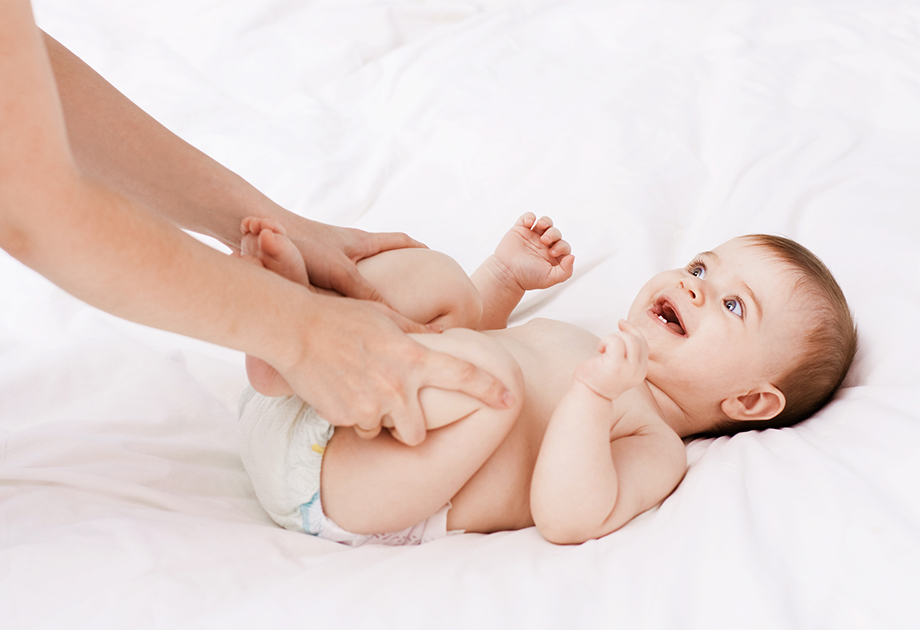|
Getting your Trinity Audio player ready...
|
In recent years, paternity leave has gained significant recognition worldwide, emphasizing the importance of involving fathers in the early stages of their children’s lives. Paternity leave allows fathers to bond with their newborns, support their partners, and actively participate in caregiving. In India, where family values are deeply rooted, the recognition of paternity leave is gradually taking shape. However, there is still progress to be made.
Understanding Paternity Leav
Paternity leave is a period of time off from work granted to fathers after the birth or adoption of a child. It is designed to enable fathers to be present during the crucial early stages of their child’s life, offering support to both the child and the mother. Paternity leave not only contributes to the family’s overall well-being but also promotes gender equality by challenging traditional gender roles.
The Current Situation in India
In India, the legal framework for paternity leave has been established under the Maternity Benefit Act of 1961, amended in 2017 to include provisions for paternity leave. According to the amended Act, eligible fathers can avail themselves of up to 15 days of paid leave within a specific time frame after the birth of their child. This progressive step recognizes the significance of fatherhood and acknowledges the shared responsibility of parenting.
While the introduction of paternity leave is a positive development, its implementation and awareness among employers and employees still need to be improved. Many organizations must be aware of the legal requirements and provide this entitlement to their male employees. Consequently, many fathers remain unaware of their rights or face cultural barriers and societal expectations that discourage them from taking paternity leave.
The Benefits of Paternity Leave
Paternity leave brings numerous benefits, not only for fathers but for the entire family. Firstly, it enables fathers to develop a strong emotional bond with their newborns, establishing a foundation for a nurturing and supportive relationship. This bonding experience is vital for the child’s development and sets the stage for lifelong connections.
Moreover, paternity leave supports the mother during her postpartum recovery period. It allows fathers to actively participate in household responsibilities, easing the burden on the mother and creating a supportive environment for her physical and emotional well-being. Couples can navigate the challenges of early parenthood together by sharing parenting responsibilities and strengthening their partnership.
Cultural Perceptions and Challenges
Cultural perceptions around paternity leave in India can challenge its widespread acceptance. Traditionally, men have been expected to be the primary breadwinners, while women have shouldered most childcare responsibilities. However, evolving societal dynamics and changing gender roles require a shift in this mindset.
To overcome cultural barriers, raising awareness about paternity leave’s benefits is crucial. Engaging in open conversations about the importance of father-child bonding and its positive impact on the family unit can help challenge deep-rooted stereotypes. Employers and policymakers should work collaboratively to create an inclusive work culture that supports and encourages fathers to take paternity leave.
In conclusion, paternity leave is essential to achieving gender equality and fostering strong family bonds. While India has made progress in recognizing fathers’ rights to take leave, there is still work to ensure its effective implementation and cultural acceptance. By addressing challenges, raising awareness, and implementing supportive policies, we can create a society where fathers are actively involved in caregiving, and families thrive.




